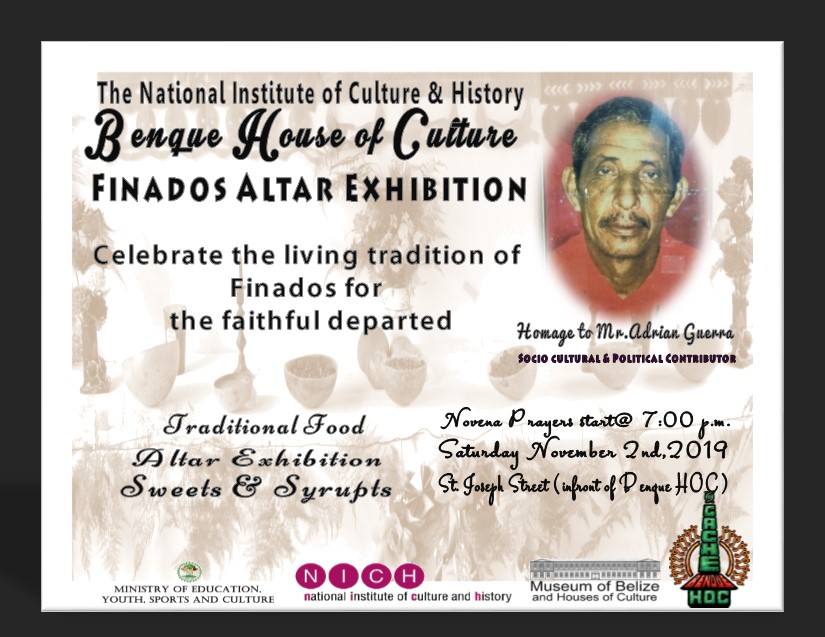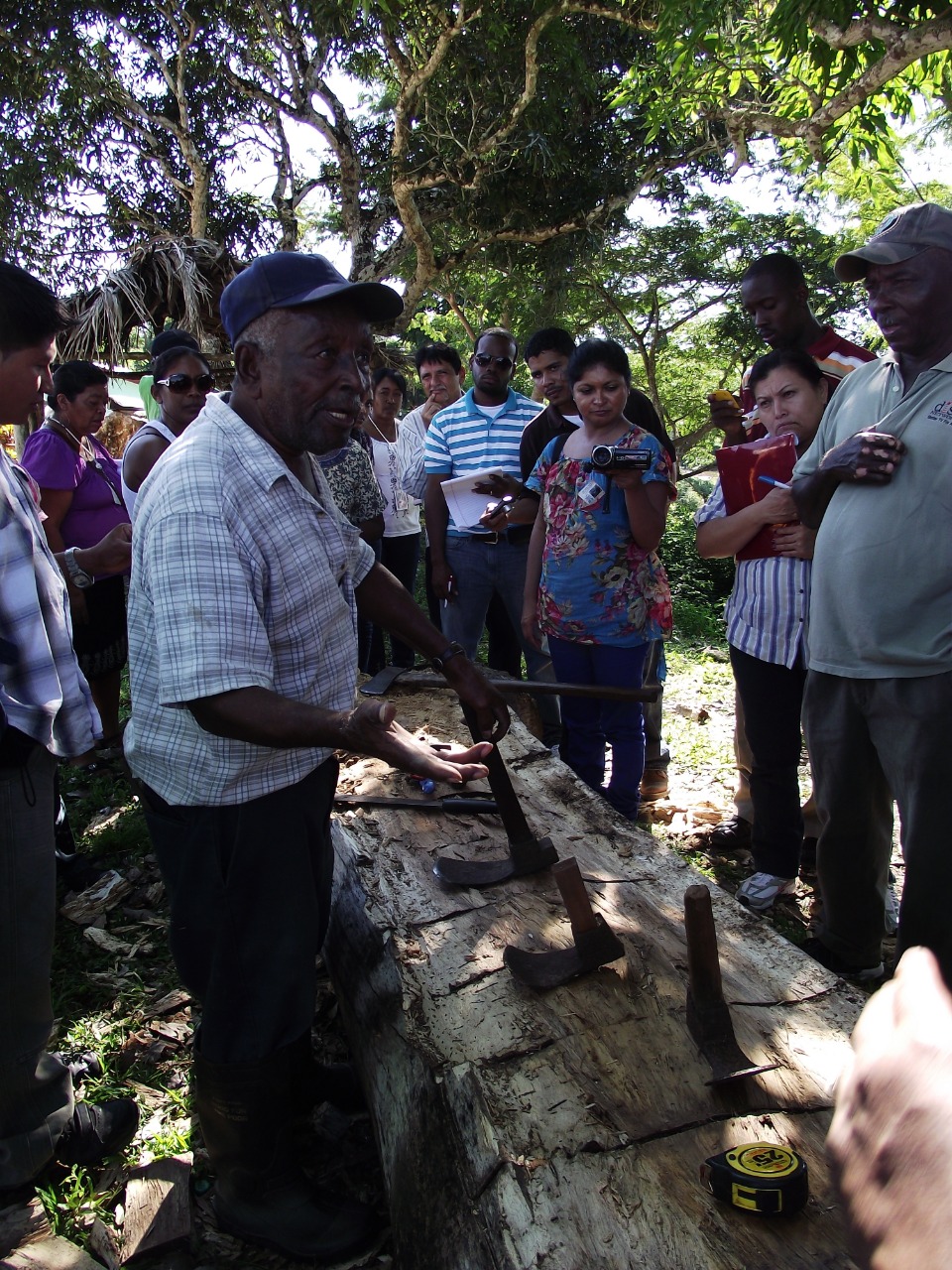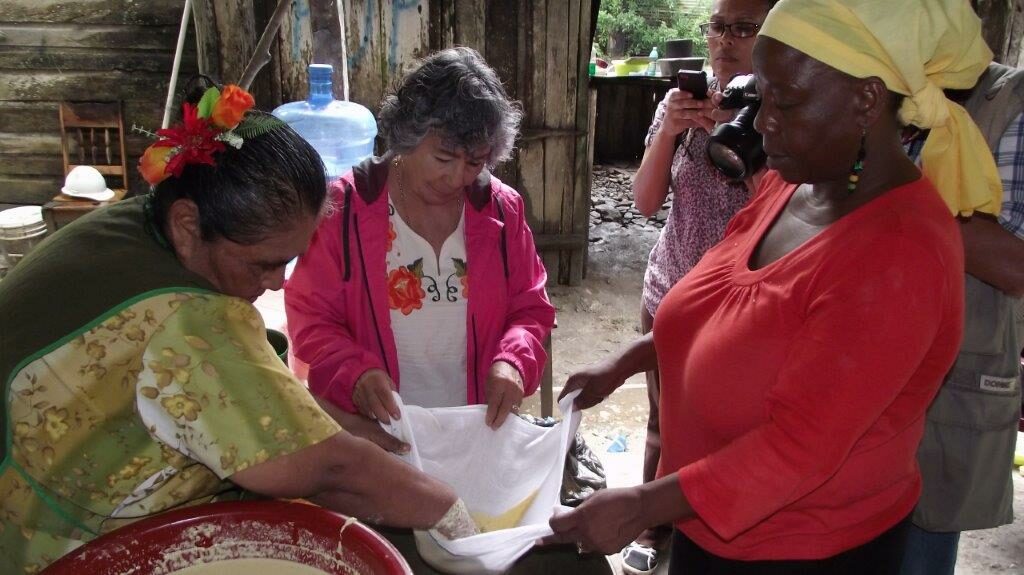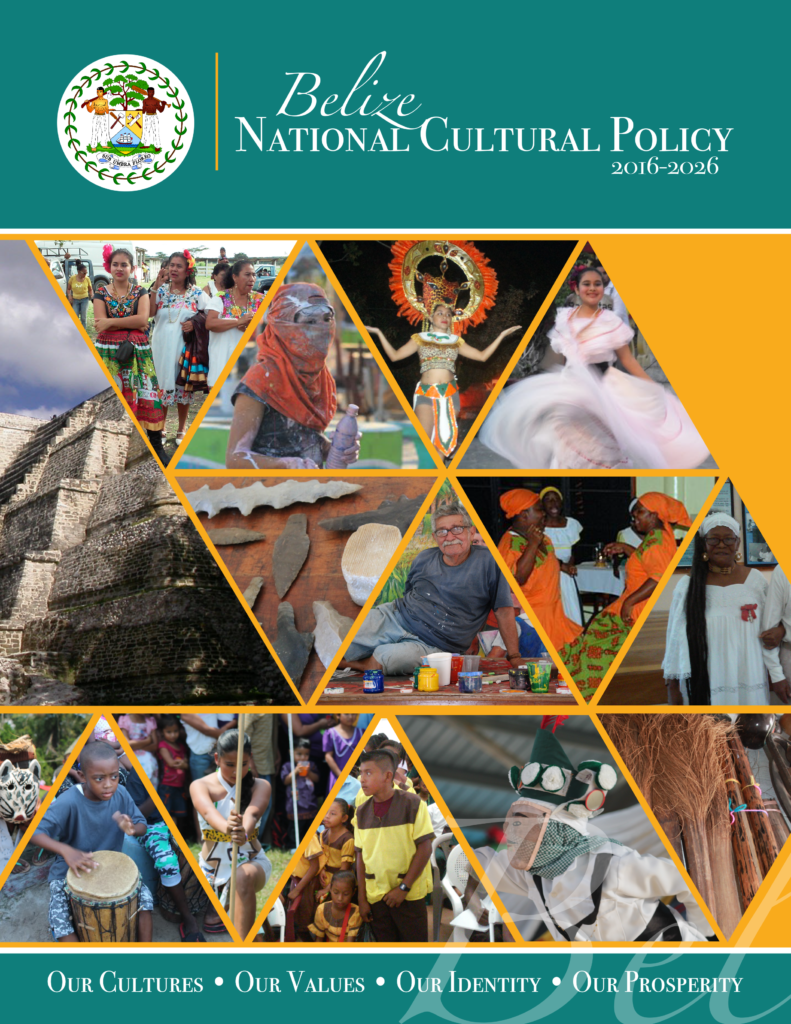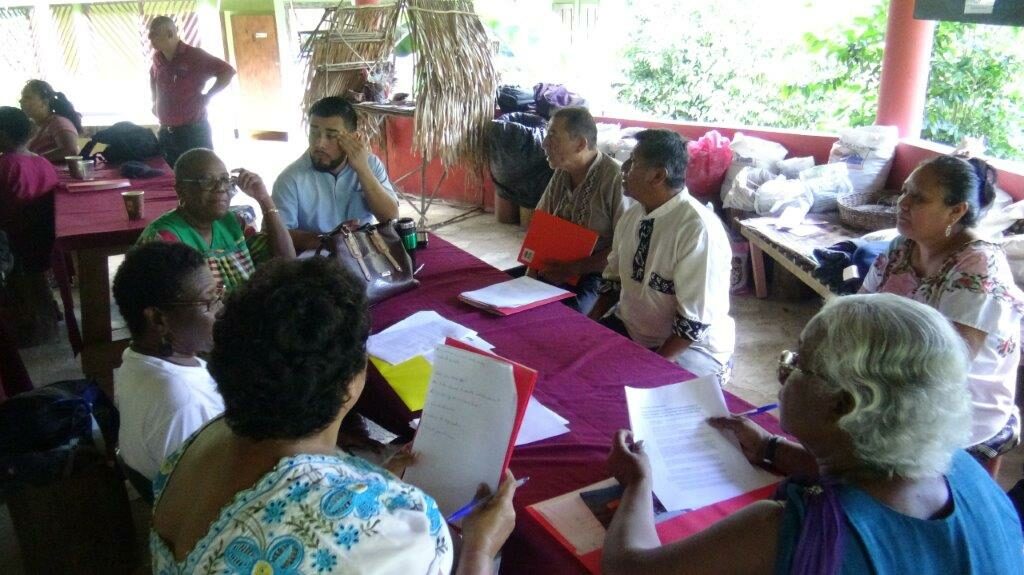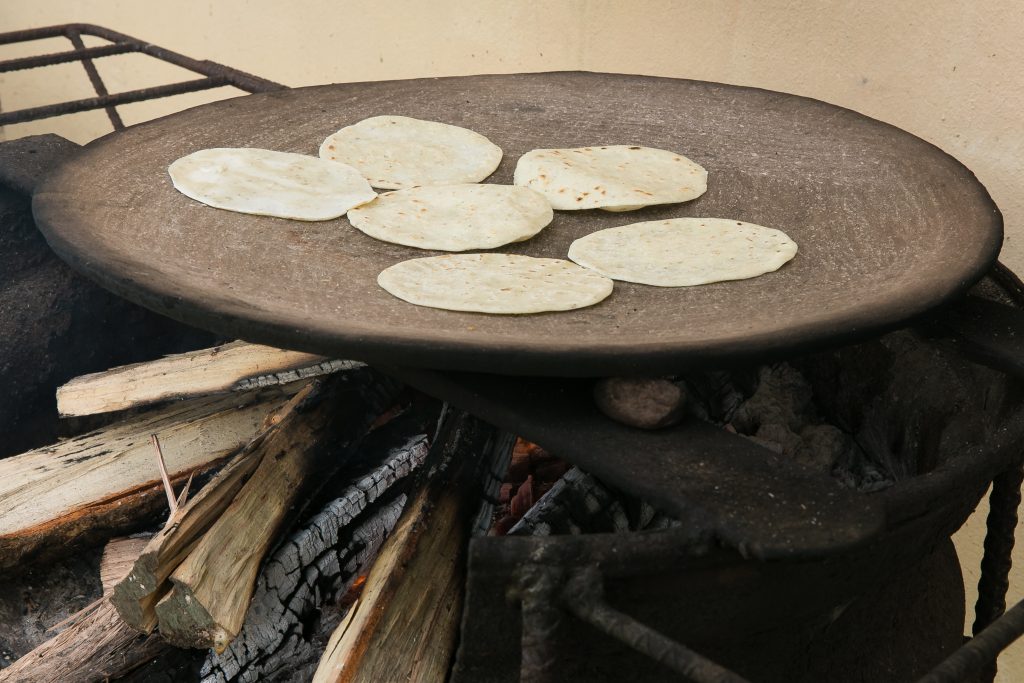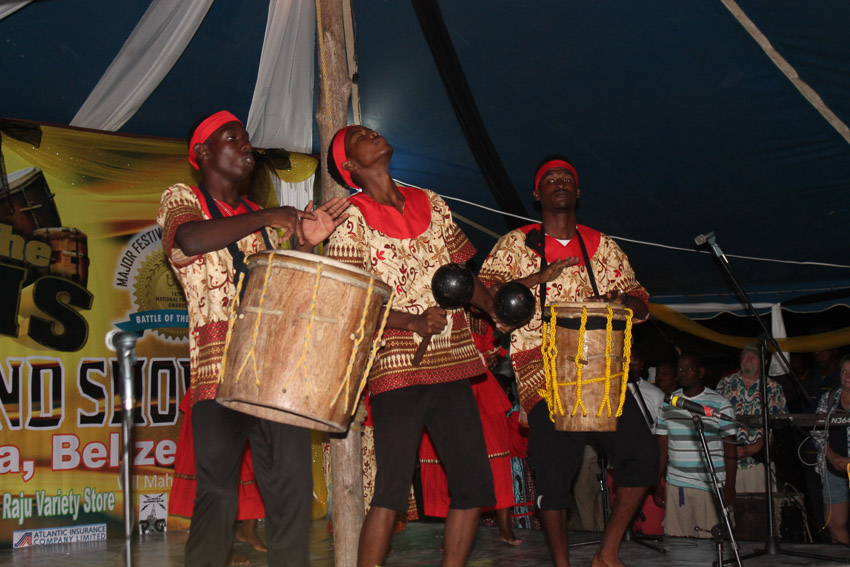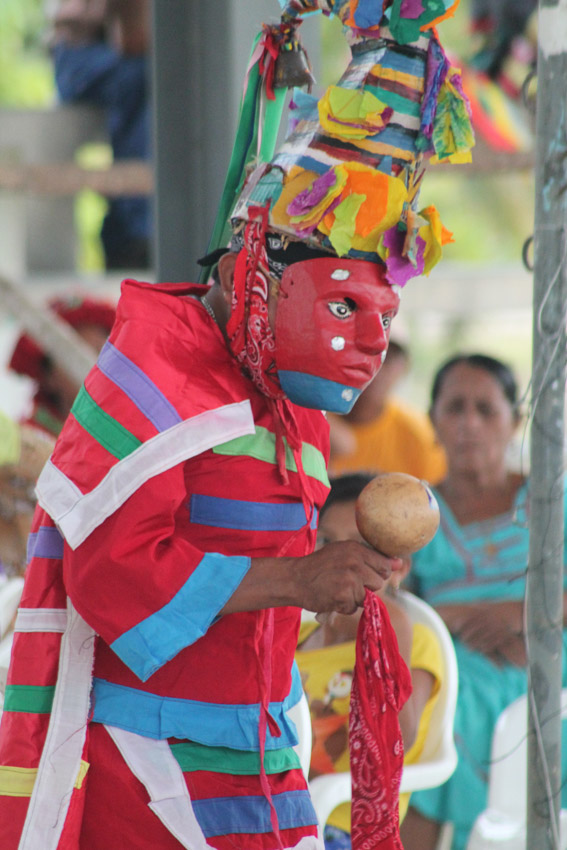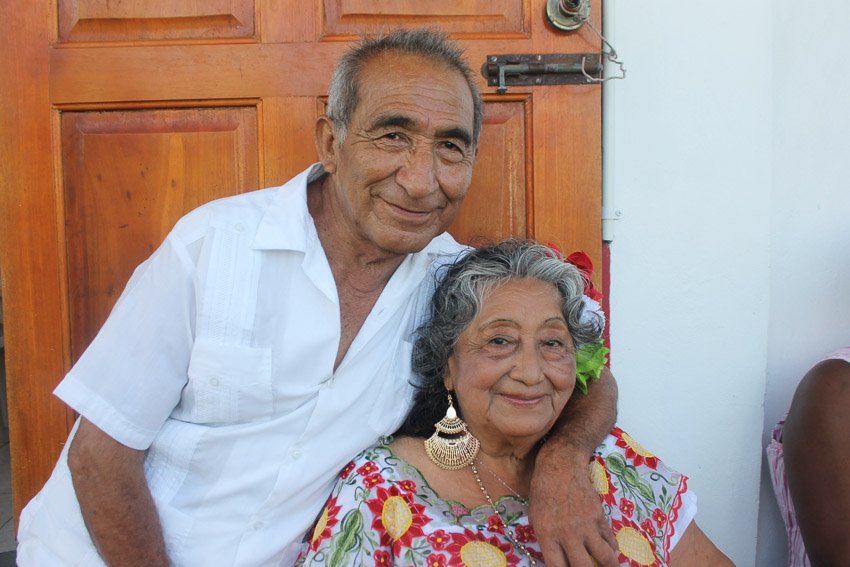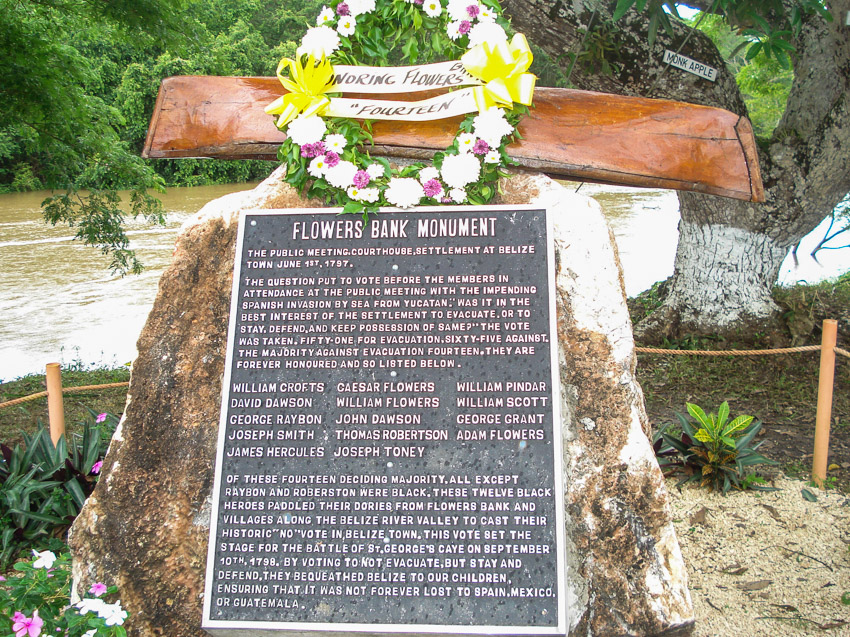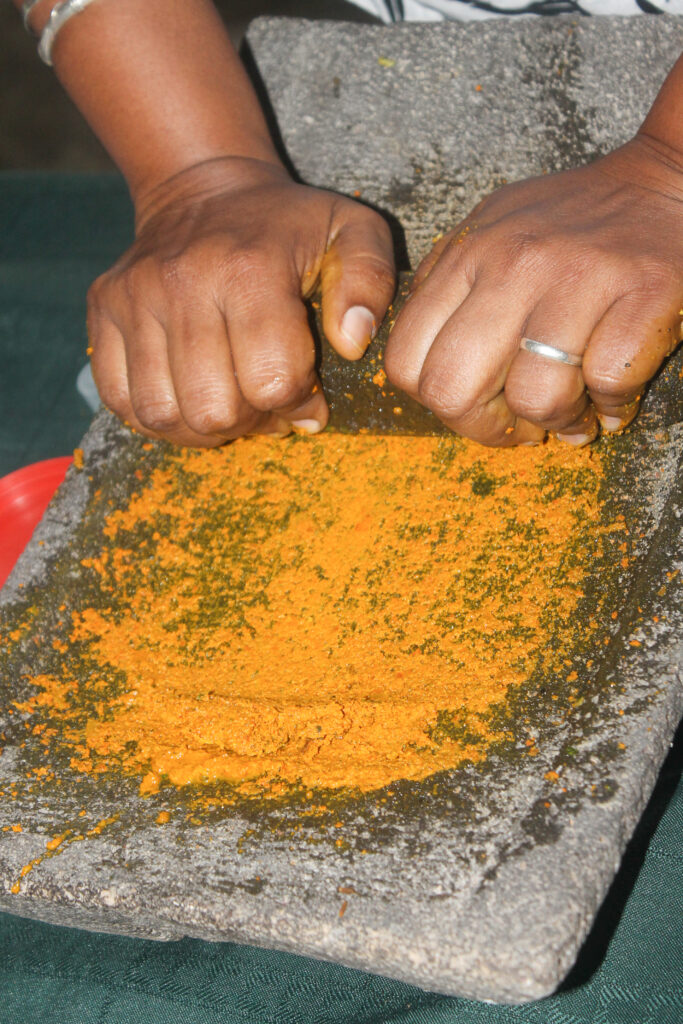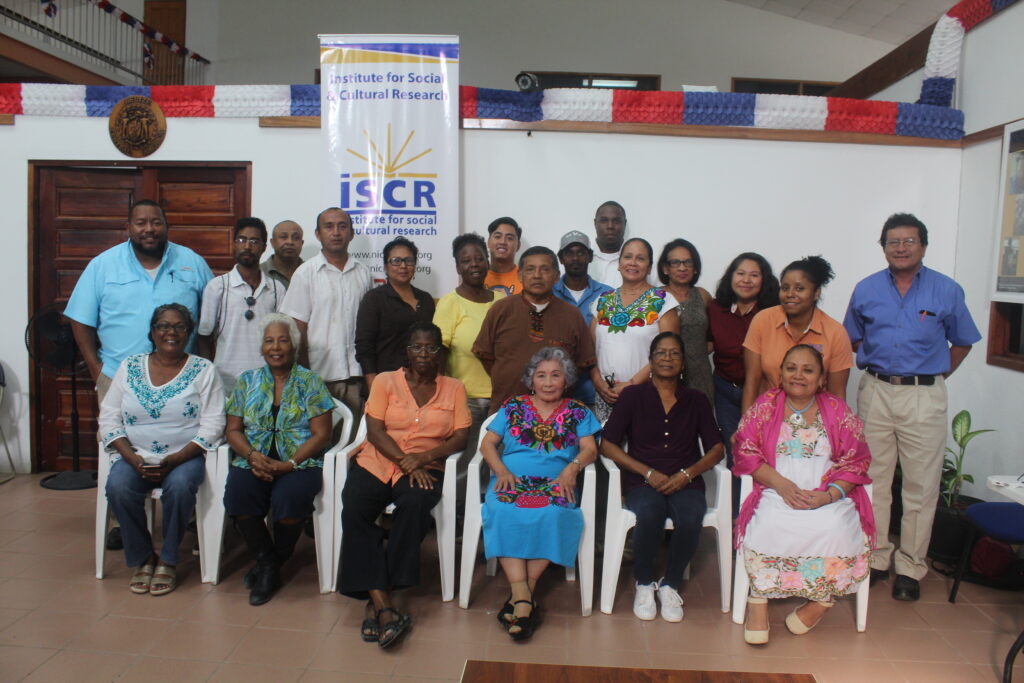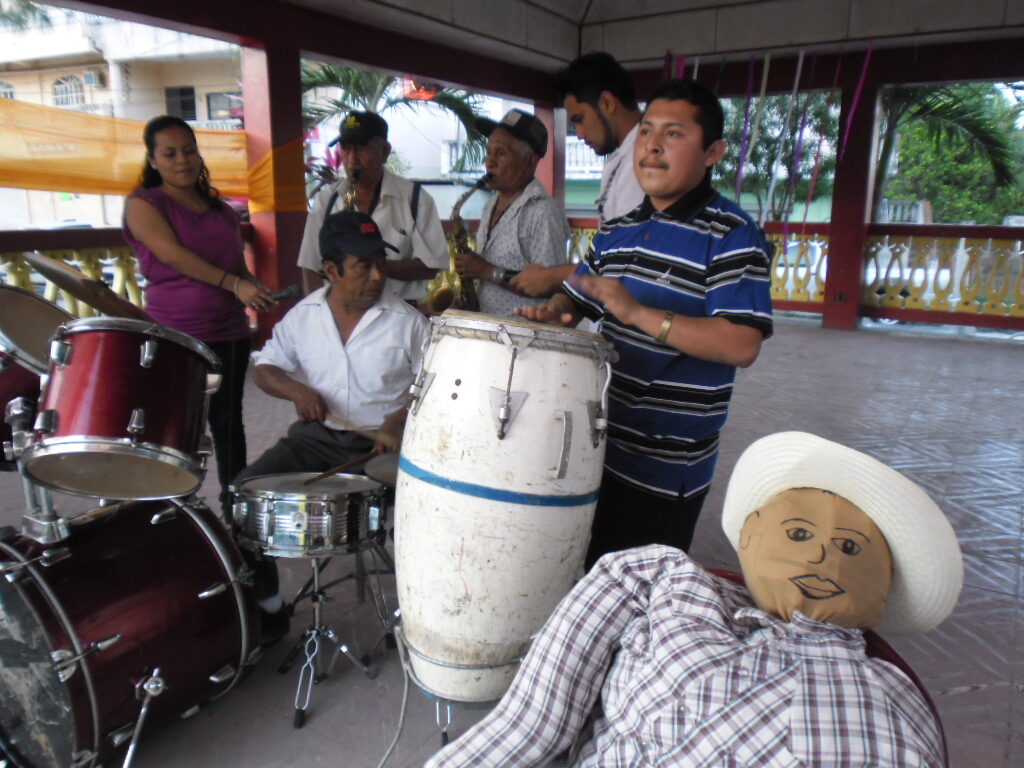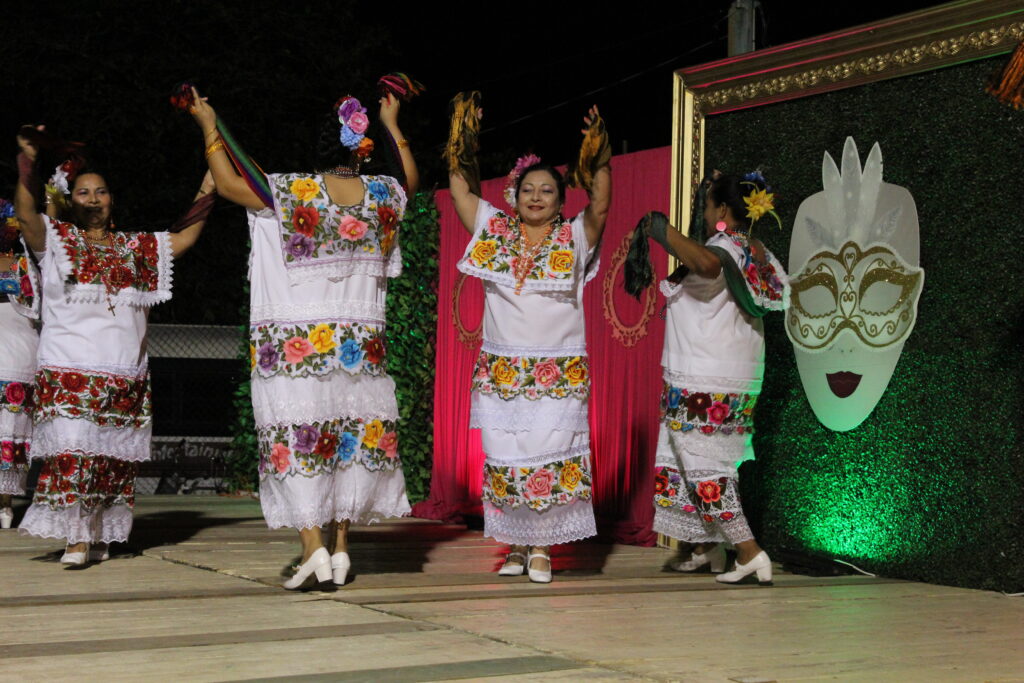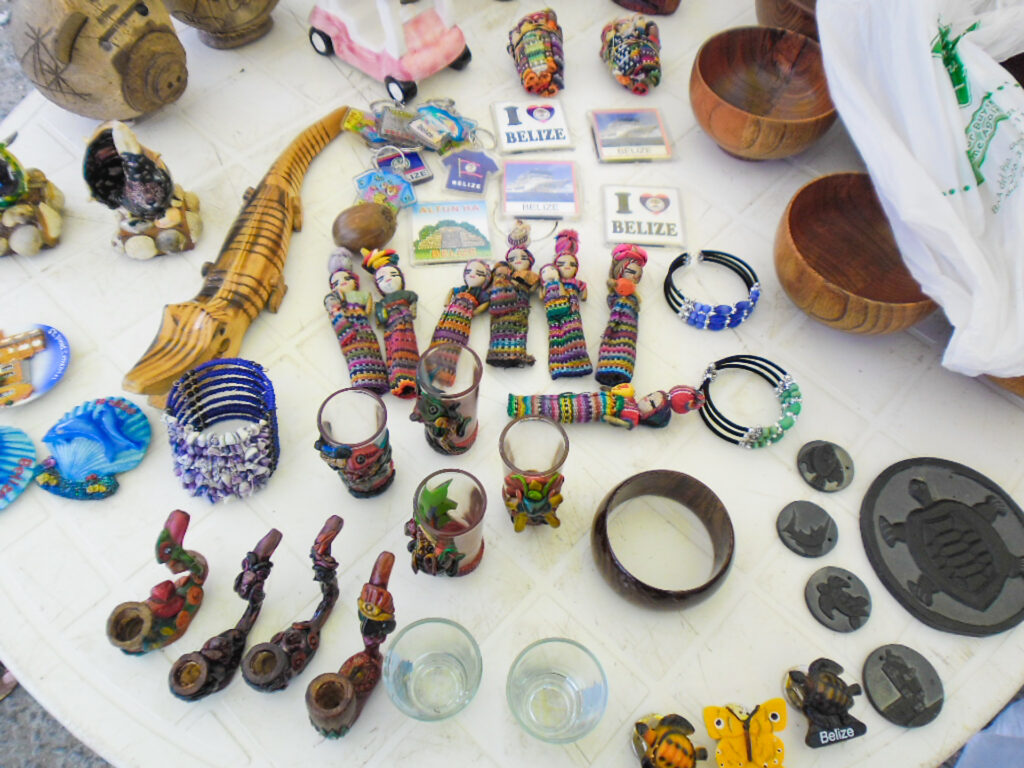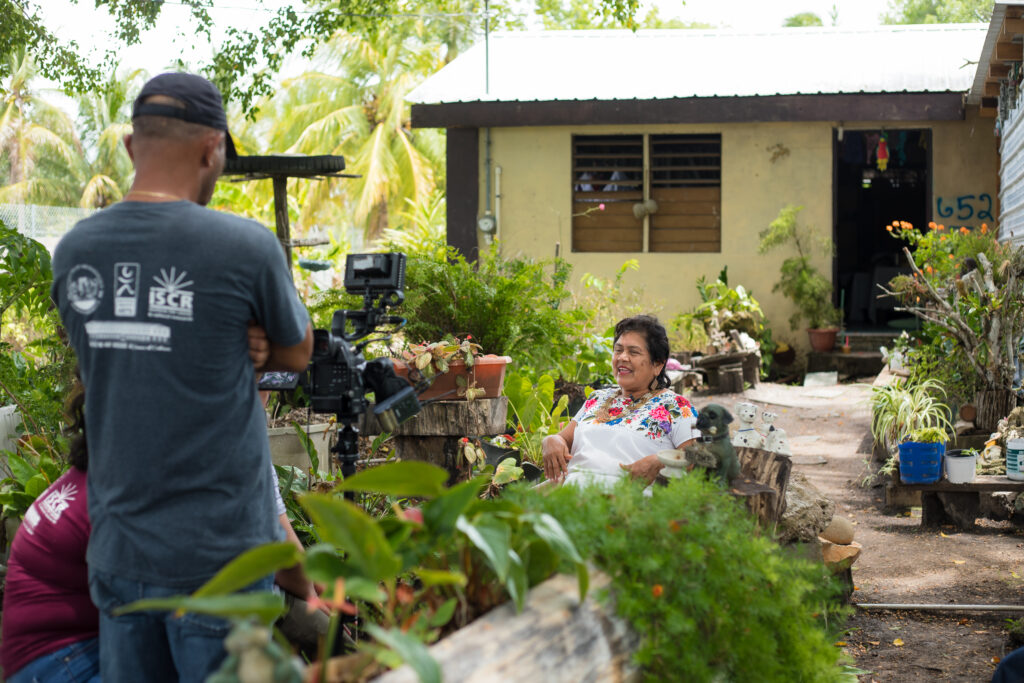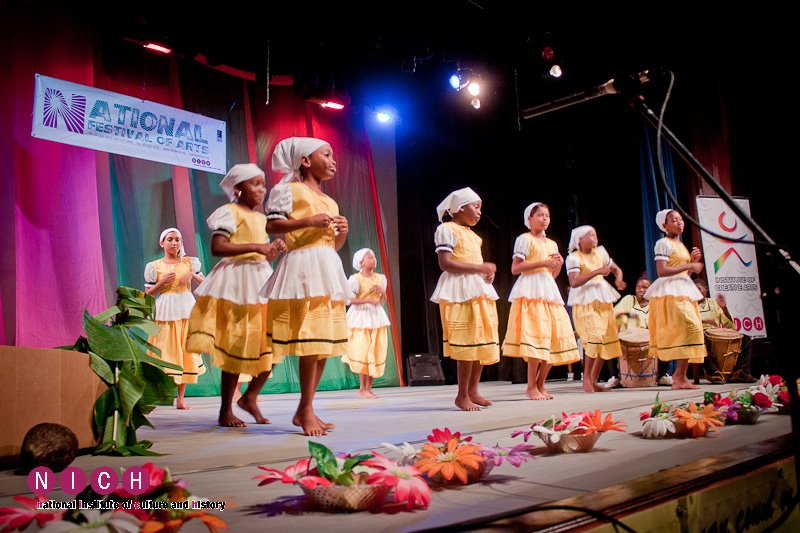The Belize Living Heritage website was developed by the Institute for Social and Cultural Research (ISCR) of the National Institute of Culture and History (NICH) in partnership with local communities, living heritage practitioners, cultural organizations and other stakeholders. The website is part of the wider plan for implementing the UNESCO 2003 Convention for Safeguarding Intangible Cultural Heritage, and is a platform designed to
- Increase visibility and awareness for Belize’s living heritage, as well as highlight initiatives which contribute to its safeguarding;
- Promote the transmission of knowledge and practices associated with Belize’s living heritage;
- Share good practices and models for safeguarding living heritage in Belize; and
- Support wider participation of cultural organizations, communities and practitioners to identify and define their own living heritage through contribution to the Inventory. (For instructions on how to contribute to the inventory of the Intangible Cultural Heritage of Belize, please visit here.)


